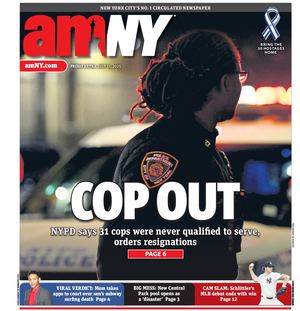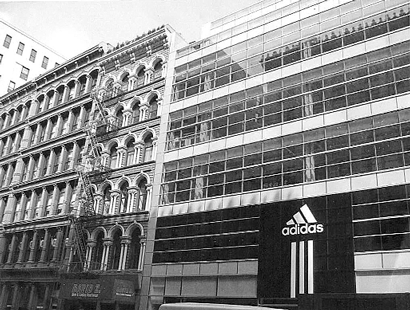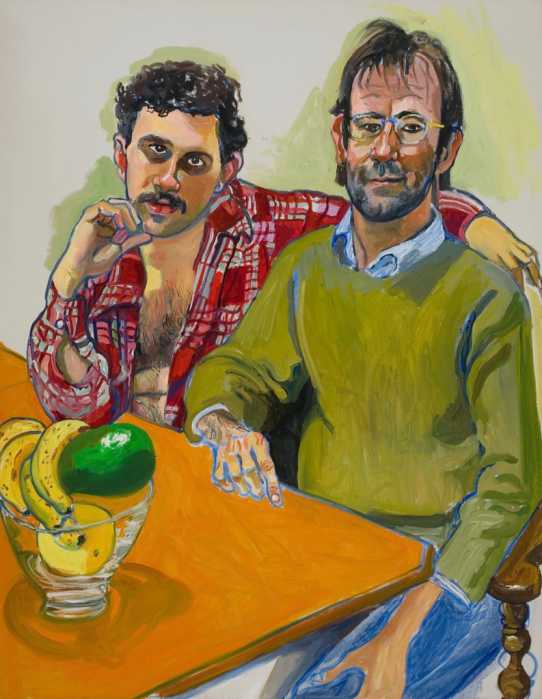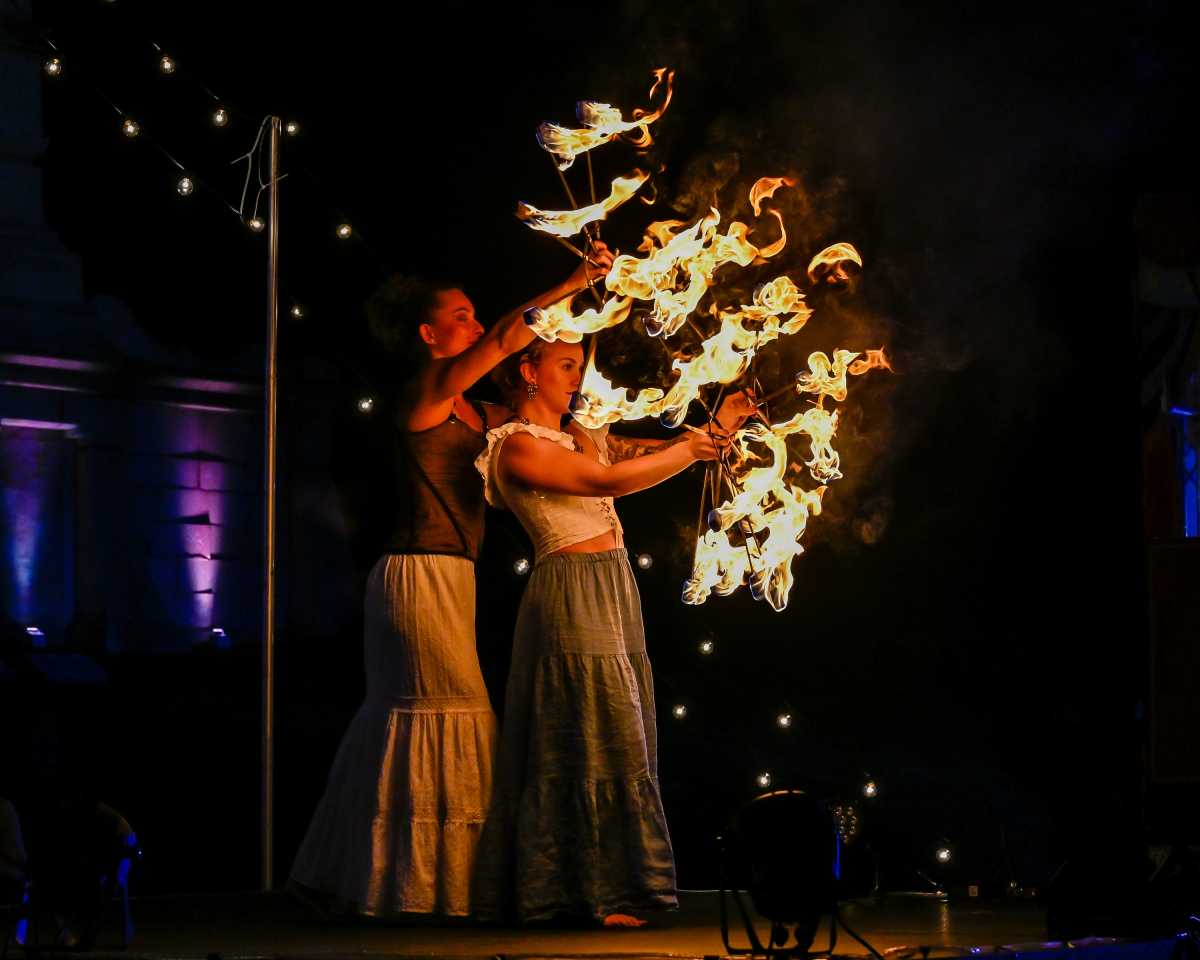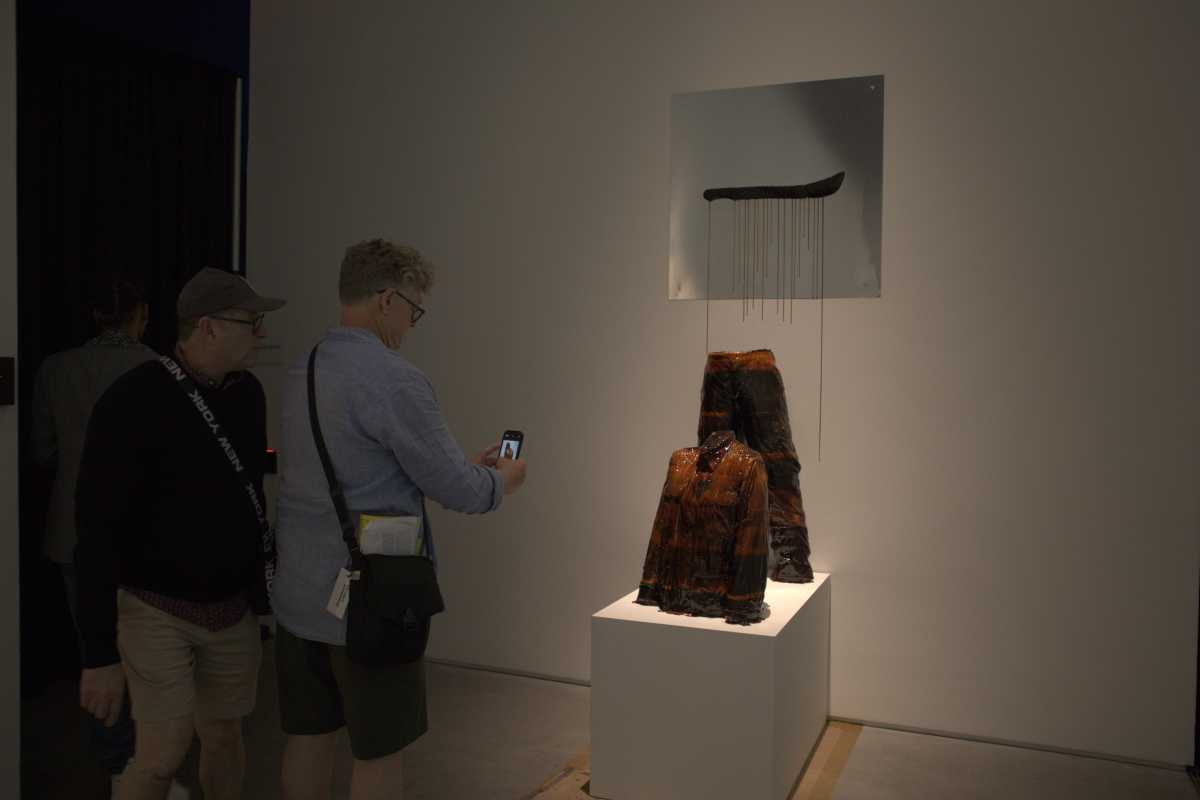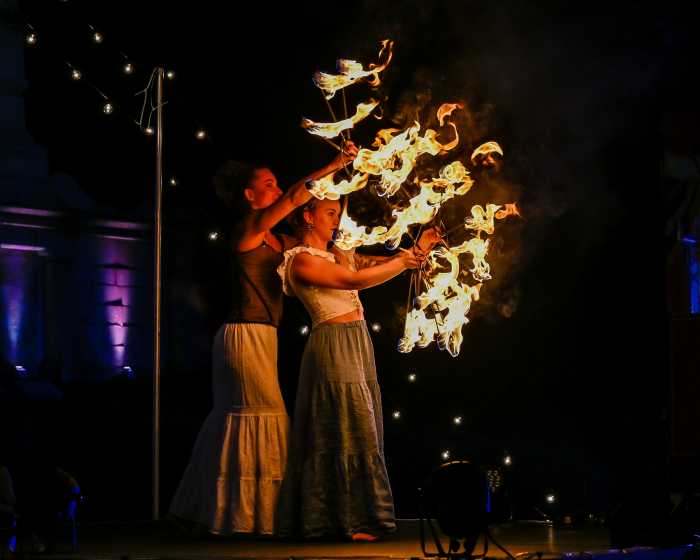By Stuart Waldman
Amanda Burden was beaming. The affable Robert Tierney’s grin radiated goodwill. There was optimism in the air as the chairperson of the City Planning Commission and the commissioner of the Landmark Preservation Commission appeared before Community Board 2’s Zoning Committee with a plan to revise the city’s land use policy in the historic Far West Village
The City Planning Commission went first and proposed “downzoning” much of the area. The allowable bulk and height were to be reduced in most new construction and “tower-in-a-plaza” building — a high-rise set back from the street — would be prohibited. Except for two large sites where high-rise development would still be permitted (and which not coincidentally are owned by two of the city’s most powerful developers), Ms. Burden presented a significant improvement over the Far West Village’s existing zoning.
It was a heartening beginning to the meeting, particularly for those of us in the packed room who have spent the last decade fighting absurdly inappropriate development like the Meier towers and Morton Square. But zoning, as we all knew, was the icing. We were waiting for the cake to be wheeled in: the long promised historic district in the Far West Village.
As the Landmarks Preservation Commission made its presentation, the air slowly hissed out of our collective balloon.
Oh, there would be a new historic district, but it would encompass a total of 12 buildings clustered around Weehawken St., making it one of the smallest historic districts in the city (the smallest is seven buildings). The L.P.C. also said that they would consider a three-block area east of Washington St. for a possible extension of the original Greenwich Village Historic District and landmark designation of a few individual buildings.
If every aspect of the L.P.C. proposal makes it through the process, and there’s no guarantee of that, more than two-thirds of the Far West Village will still be unprotected by the Landmark Law. In the area most appealing to developers, west of Washington St. and closest to Hudson River Park, well over 90 percent of the buildings will remain unprotected.
Both Mr. Tierney and Ms. Burden concluded their presentations by saying that these initiatives will preserve the character of the Far West Village — but how?
The most positive of the proposals, downzoning, was limited and would allow two of the largest developments in the Far West Village. More important, even if these two large sites were downzoned, even if every single street and building were downzoned, it would do little for the character of the Far West Village.
The Landmark Law was enacted 40 years ago precisely because zoning was an inadequate tool for the preservation of historic areas. Historic preservation goes well beyond the bulk and height of buildings. In a historic district, the questions asked of a developer are: What are the materials to be used? What are the buildings’ shapes and forms? What are the details like? Zoning does not require the developer to respect the architectural traditions of a district; historic preservation demands that respect. A glass building plunked down on a historic brick-and-masonry street instantly obliterates the character of that street even if that building is no taller than a brownstone. (In point of fact, most of the new downzoning allows buildings twice the size of a brownstone.)
The official reasons for the rejection of historic district designation make little sense, particularly for those familiar with the Landmark Law. Mary Beth Betts, Mr. Tierney’s chief staff person, said that, except for Weehawken St., most of the streets in the Far West Village contain buildings with many different architectural styles from many different historical periods. The commission prefers more uniform districts, she said. Yet the definition of a historic district as posted on the commission’s own Web site states: “Historic districts may contain a variety of building types and styles from several different eras.”
Ms. Betts also said that the many former factories and warehouses in the area are not significant examples of industrial architecture. But the Landmarks Law doesn’t require architectural significance in historic districts. According to the law, historic districts must have “…a special character or a special historical or aesthetic interest which causes it to have a distinct sense of place. Each historic district represents at least one period or style of architecture typical of one or more eras in the city’s history.” In other words, the question that should be asked about the Far West Village is not whether an individual building is “significant,” whatever that means, but whether the totality of its architecture brings to life the history of our city. The answer is, of course, a resounding yes.
In fact, the eras represented by the architecture of the Far West Village are perhaps the most important in the city’s history. They are part of that hundred-year period, which began with the opening of the Erie Canal in 1825, when New York was transformed from an oversized village into the city we know today. That transformation began on the streets of the former maritime-industrial district which today we call Far West Village. It’s not just a historic district. It’s a historic treasure.
We find ourselves in the exact same situation as we were before Ms. Burden and Mr. Tierney presented their plan for the Far West Village. The streets between Christopher and Horatio from Washington to West remain a real estate “gold coast.” There are numerous sites on every one of these streets that remain vulnerable to more inappropriate development. If nothing changes, it’s reasonable to assume that by the end of this decade, except for little Weehawken St., every single block west of Washington St. will have one or more mini-Meiers, glass-and-steel buildings anywhere from four to eight stories tall. In other words, the Far West Village, as we know it, will be unrecognizable.
This is a particularly frustrating moment. In the last year and for the first time, we have had a mayor and the heads of both the City Planning Commission and the Landmarks Preservation Commission declare their commitment to preserve the character of the Far West Village. Their proposals, however, fall absurdly short of that goal.
Zoning changes simply do not do the job. The entire Far West Village needs, and is entitled to, immediate designation as a historic district.
Waldman is author of “Maritime Mile: The Story of the Greenwich Village Waterfront”
